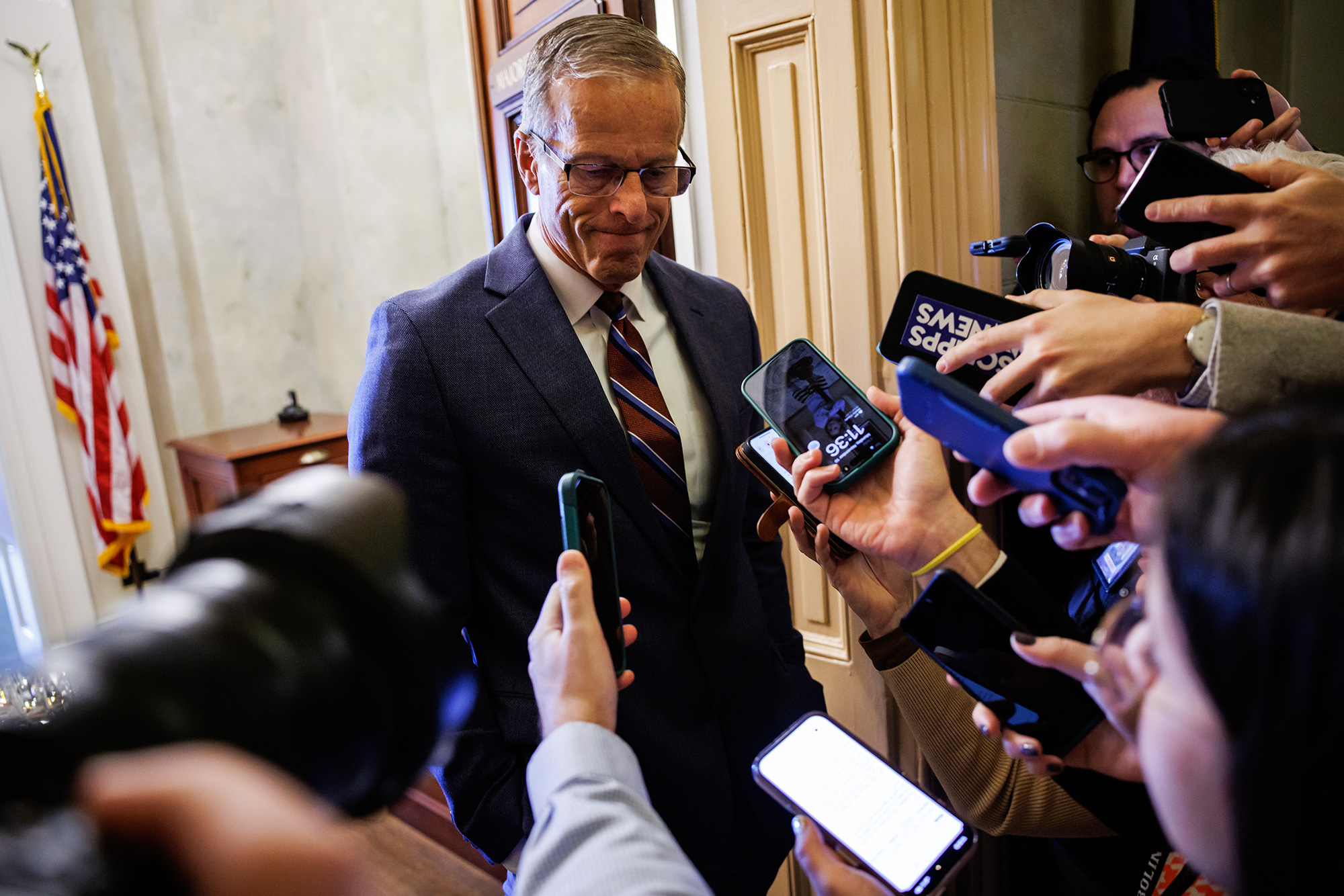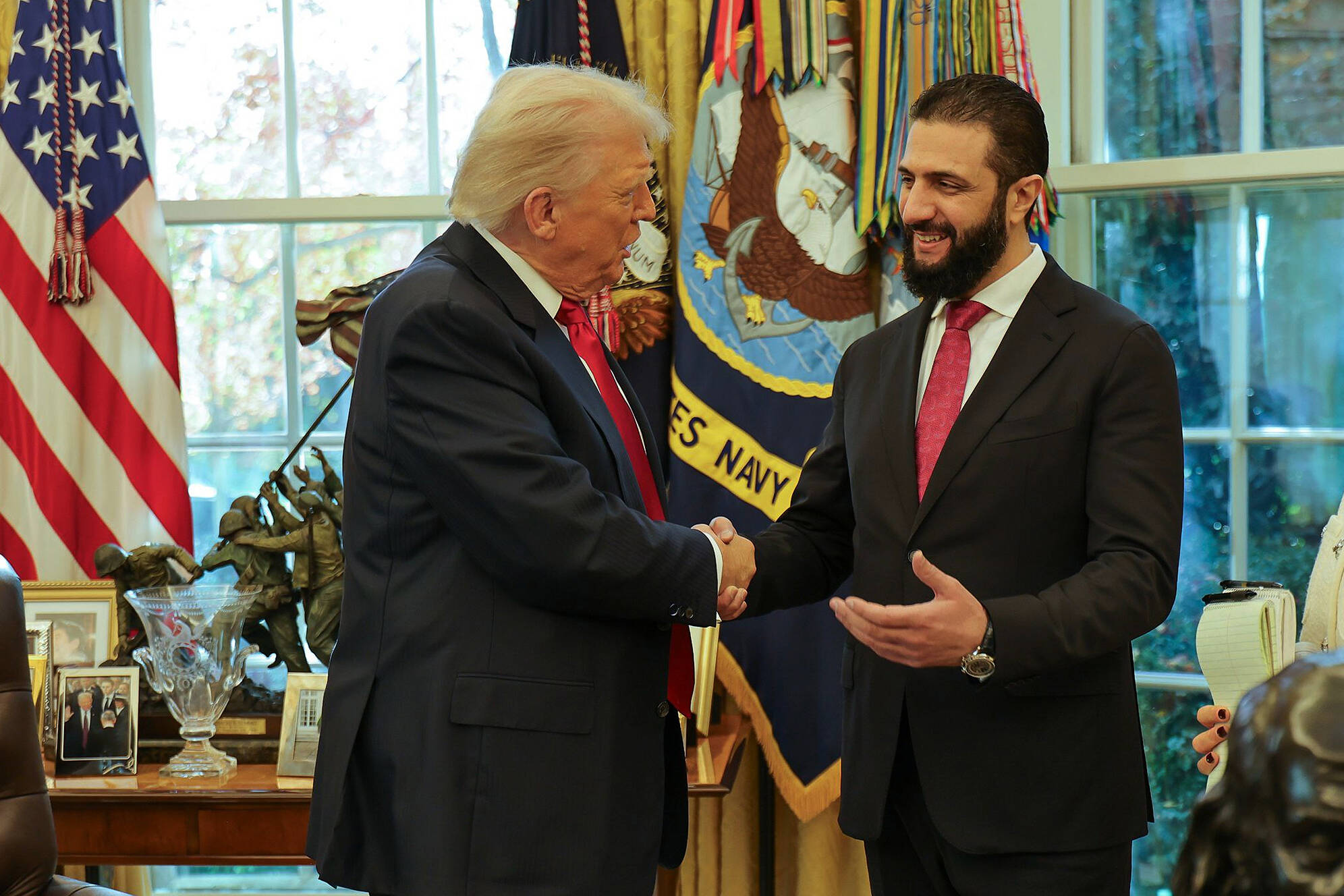President Donald Trump’s current trip to Asia represents a pivotal diplomatic test. While the world will be watching a crucial meeting between Trump and Chinese President Xi Jinping, the president is also meeting with the leaders of Malaysia, Japan, and South Korea.
The three countries —Japan, Malaysia, and South Korea are important trading partners with the United States as well as regional military and security allies.
According to data from the U.S. Bureau of Economic Analysis (BEA), the combined U.S. goods and services trade deficit with Japan, South Korea, and Malaysia was $159.3 billion in 2024. This data reflects that the United States imports significantly more from these nations than it exports to them. Therefore, the three countries are significant economic partners and explains why trade negotiations feature so prominently on Trump’s current Asia tour.
Together, the U.S. has approximately 80,000 troops deployed in Japan and South Korea, representing a significant forward military presence in Asia that has been maintained for decades as part of regional security alliances.
Here is a breakdown of both the economic/trade numbers for each country during 2024, before Trump’s second term, as well as a snapshot of our military presence in each of the three Asian countries on Trump’s current tour.
Japan
CNN reports that in 2024, the U.S. had a trade deficit of $68.5 billion with Japan. This represents a significant two-way trade between the world’s largest and third-largest economies.
On Oct. 27, 2025, Trump met with Japan’s first female prime minister, Sanae Takaichi in Tokyo. Takaichi welcomed Trump stating that she hopes that their meeting would mark “a new golden age of the Japan-US alliance.”
Takaichi and Trump signed an agreement on securing the supply of critical minerals and rare earths. The two leaders agreed to “support the supply of raw and processed critical minerals and rare earths crucial to the domestic industries of the United States and Japan.”
A joint statement read: “The agreement will help both countries to strengthen economic security, promote economic growth, and thereby continuously lead to global prosperity.”
When it comes to our military presence in Japan, WhiteHouse.gov states that there are 52,793 U.S. troops in Japan as of March 2025, making it the largest forward-deployed US force in the world. The force includes a significant Marine Corps presence and is spread across multiple bases, with heavy concentration on Okinawa.
Malaysia
Trump kicked off his tour in Kuala Lumpur, Malaysia. No new trade deal with Malaysia was reported, keeping the tariff rate on Malaysian goods imported into the U.S. at the same at 19 percent.
In 2024, the U.S. had a trade deficit of $24.8 billion with Malaysia. This is the smallest deficit among the three countries Trump is visiting.
The United States does not maintain a permanent military base or stationed troops in Malaysia. While the U.S. has military cooperation and conducts joint exercises with Malaysia, there is no standing U.S. troop presence comparable to Japan or South Korea.
South Korea
The U.S. trade deficit with South Korea in 2024 was $66.0 billion. Trade tensions have escalated recently, with Trump imposing a 25% tariff on South Korea’s auto industry, higher than the 15% rates applied to Japanese and European rivals.
As of this writing, Trump has not yet traveled to South Korea and it remains to be seen if there will be any new trade agreements with South Korea.
Again, according to WhiteHouse.gov, there are 22,844 U.S. troops in South Korea as of March 2025. These forces have been stationed there since the Korean War and include Army, Navy, and Air Force installations that serve as deterrents to North Korea.
Japan, Malaysia, and South Korea continue to be valuable allies, in both economic and national security terms. Trump’s six-day, three-country diplomatic tour of Asia will hopefully bring fruitful trade negotiations as well as building and maintaining regional relationships.
Related
Lynn Schmidt
Lynn Schmidt holds a bachelor of science in nursing from the University of North Carolina at Greensboro and a masters of science majoring in political science from the University of Nebraska-Omaha. She is a freelance columnist and editorial board member with the St. Louis Post-Dispatch and a monthly contributor to The Fulcrum. Lynn lives in St. Charles, Missouri with her husband and two daughters.




